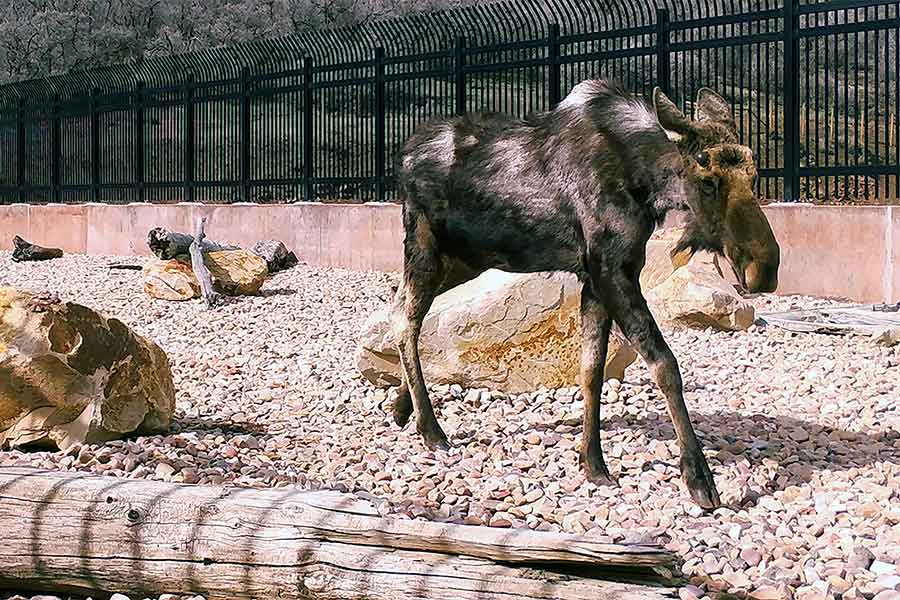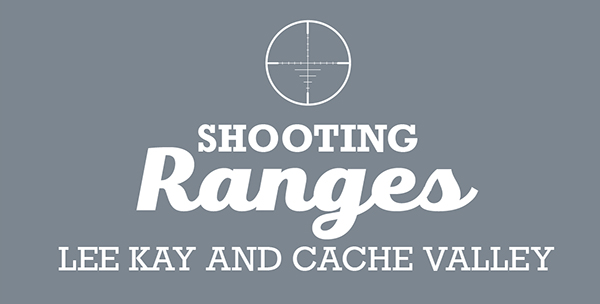6 wildlife highway crossings, fences installed in Utah in 2020 to help prevent collisions
Salt Lake City — Most Utahns have seen the unfortunate sight of a deer lying dead on the side of the road. The Utah Division of Wildlife Resources and Utah Department of Transportation are working hard to create more wildlife crossings across various Utah roadways in an effort to decrease wildlife/vehicle collisions around the state.
These crossings are typically placed along migration routes to allow deer to reach their different feeding ranges safely. The structures vary and can include:
- Overpasses, which allow wildlife to cross over a roadway
- Bridges, which allow wildlife to cross over a river or ravine
- Culverts, which allow wildlife to cross under a roadway (the majority of Utah's wildlife crossings)
- Fences, which eliminate roadway crossings in certain areas and instead funnel the animals to an overpass or culvert where they can safely cross a road
Utah made history when it completed the first wildlife overpass in the U.S. in 1975 on I-15 near Beaver. Since then, approximately 60 wildlife crossings have been installed throughout the state. The crossings typically take several months to build, depending on the size and weather conditions.
Here are the areas where the DWR and UDOT constructed new wildlife crossings in Utah this year:
Central Utah
- The construction of a culvert underpass and a stretch of wildlife fencing across Highway 40 (near milepost 35, north of Strawberry Reservoir) was completed in August. Some additional fencing was also installed in this area to help direct wildlife to this new underpass and to some other previously installed underpasses.
- Some additional fencing was also installed near a previously constructed culvert underpass by Deer Creek State Park and the Wallsburg Wildlife Management Area in Wasatch County. The fencing helps direct wildlife to the underpass, which receives a large amount of wildlife use.
Northern Utah
- Four different sections of fence were replaced along each side of state Route 16, south of Woodruff, Rich County in October. The old fence was replaced with new "let-down" fencing that can be laid down during certain times of the year. Before the let-down fences were installed, pronghorn would squeeze through holes in the old fence and then find themselves trapped along the roadway. This new fence will make it much easier for pronghorn to migrate from their summer range on the Deseret Land & Livestock Ranch to their winter range on the Woodruff Cooperative Wildlife Management Area, and then back again in the spring.
Southern Utah
-
Work to install a double culvert under I-15 in Baker Canyon (near milepost 143, by Cove Fort), began in June 2020. The culvert is expected to be completed in June 2021.
Time lapse of Baker Canyon culvert construction.
Courtesy UDOT - Wildlife fencing was also installed in the same area, from milepost 134 to milepost 145. The targeted completion date for this fencing project is August 2021.
- Wildlife fencing was also installed on the east side of I-15, from Parowan to Paragonah, in early 2020, as well as double cattle guards that will help prevent deer from entering the freeway at the on-ramps and off-ramps.
Wildlife/vehicle collisions
Approximately 4,470 deer and elk were reported to be killed in vehicle collisions in 2020, as of Nov. 25, but that number is likely much higher. Ninety percent of the big game animals killed in wildlife/vehicle collisions are deer, primarily because they are the most abundant big game animal in Utah, but also due to their migratory nature.
"Deer typically follow the same migration routes every year," DWR Wildlife Migration Initiative Coordinator Daniel Olson said. "Many of those routes include roadways, which the deer will often cross regardless of traffic. However, putting up fences can limit the migration opportunities for deer and other wildlife, and it's not possible to fence every stretch of highway across the state. So it is important to ensure the passage of wildlife in these areas through the installation of properly placed wildlife crossings."
Studies have shown there is a 90% reduction in wildlife/vehicle collisions when there is a crossing structure and fence in the area, so the DWR has been working with UDOT to identify areas where migration routes cross roadways, so wildlife crossings can be constructed. Both agencies help fund the projects, and UDOT oversees the building and maintenance of the structures. Visit the DWR website to learn more about how these wildlife crossings are funded and how the locations are selected.

















